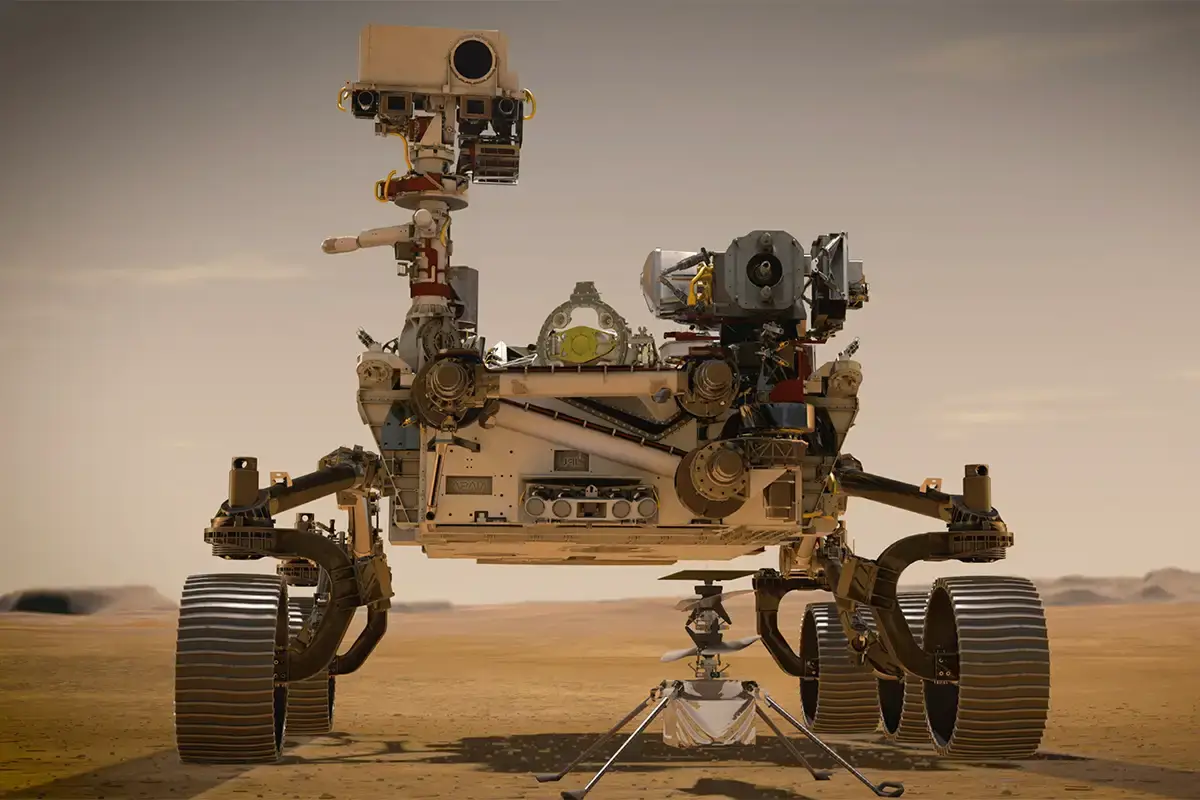Artificial intelligence is revolutionizing how scientists identify minerals within rocks studied by NASA’s Perseverance rover on Mars. For almost three years, this groundbreaking mission has been testing AI capabilities to autonomously analyze rock compositions in real-time. This advancement marks the first time AI has been used on Mars to make autonomous scientific decisions, offering promising steps toward the dream of "smart" spacecraft that know exactly what data to seek, where to find it, and how to analyze it.
The Role of AI in Mars Exploration
At the heart of this AI advancement is a spectrometer called PIXL (Planetary Instrument for X-ray Lithochemistry), developed by NASA’s Jet Propulsion Laboratory (JPL) in Southern California. PIXL maps the chemical composition of minerals across a rock’s surface, enabling scientists to determine if the rock could have formed in conditions supportive of microbial life in Mars’ ancient past.
“We use PIXL’s AI to home in on key science,” said Abigail Allwood, the instrument’s principal investigator at JPL. “Without it, you’d see a hint of something interesting in the data and then need to rescan the rock to study it more. This lets PIXL reach a conclusion without humans examining the data.”
Adaptive Sampling and Its Benefits
Adaptive sampling enables PIXL to autonomously perform "long dwells" — extended data collection sessions on specific minerals as soon as they are identified. This capability is continuously improving through machine learning, allowing PIXL to recognize an expanding list of minerals autonomously.
“PIXL is kind of a Swiss army knife in that it can be configured depending on what the scientists are looking for at a given time,” explained David Thompson of JPL, who helped develop the software. “Mars is a great place to test out AI since we have regular communications each day, giving us a chance to make tweaks along the way.”
The Future of Autonomous Space Missions
As missions travel deeper into the solar system, the duration of communication delays will increase, making autonomy even more crucial. The development of more autonomous systems like PIXL’s AI is essential for future missions that will explore distant planets and moons, conducting science in ways that will benefit humanity.
Mission Objectives and Future Plans
A key objective for Perseverance’s mission on Mars is astrobiology, which includes the search for signs of ancient microbial life. The rover is tasked with characterizing the planet’s geology and past climate, paving the way for future human exploration, and being the first mission to collect and cache Martian rock and regolith (broken rock and dust).
Subsequent NASA missions, in cooperation with the European Space Agency (ESA), aim to send spacecraft to Mars to retrieve these sealed samples and return them to Earth for in-depth analysis. This process will provide unprecedented insights into Mars' history and its potential to support life.
The Mars 2020 Perseverance mission is part of NASA’s broader Moon to Mars exploration strategy, which includes the Artemis missions to the Moon designed to prepare for human exploration of Mars. Managed by Caltech in Pasadena, California, JPL built and operates the Perseverance rover, continuing its legacy of pioneering space exploration.
Conclusion
The integration of AI into the Perseverance rover’s operations represents a significant leap forward in autonomous space exploration. By enabling real-time, autonomous decision-making on Mars, AI is paving the way for smarter and more efficient exploration of the Red Planet and beyond. As these technologies advance, they will play an increasingly vital role in uncovering the secrets of our solar system and preparing for future human missions to Mars.









Add a Comment: